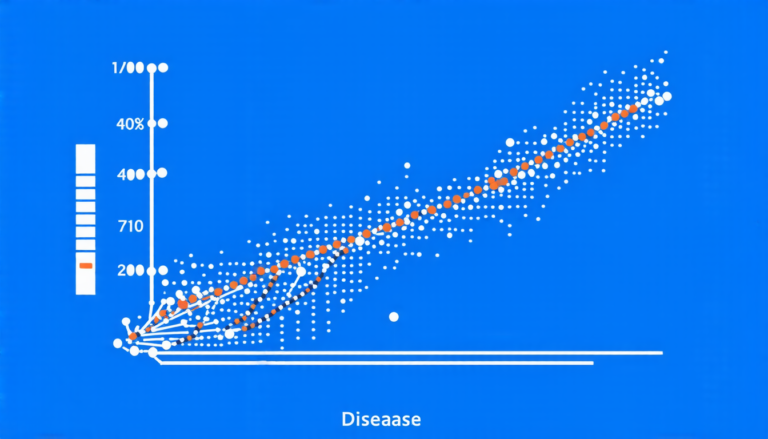Friday 11 April 2025
A new wave of mathematical models is transforming our understanding of infectious diseases, revealing the intricate dance between individual heterogeneity and population dynamics.
For decades, epidemiologists have relied on simple compartmental models to track the spread of illnesses. These models assume that individuals within a group are homogeneous, lacking any distinguishing characteristics that might influence their behavior or susceptibility to infection. However, this oversimplification neglects the reality of human populations, where individuals differ in age, health status, and other factors.
A recent surge in research has sought to rectify this shortcoming by developing more sophisticated models that account for individual heterogeneity. These models use complex mathematical techniques to describe the behavior of diverse populations, taking into consideration the interactions between individuals and their environment.
One key innovation is the adoption of kinetic theory, a branch of mathematics that typically describes the behavior of particles in physics. By applying these principles to epidemiology, researchers can simulate the spread of disease at an unprecedented level of detail. This allows them to explore how individual differences shape population-level dynamics, and how these effects cascade through a community.
For instance, studies have shown that when individuals within a population exhibit varying levels of immunity or resistance to infection, the disease’s transmission patterns change dramatically. In some cases, this heterogeneity can lead to the emergence of new equilibria, where the disease persists at low levels despite efforts to eradicate it. Conversely, in other scenarios, individual differences can amplify the spread of infection, leading to devastating outbreaks.
Another important aspect of these models is their ability to capture the interplay between demographic and epidemiological factors. By linking population growth rates, age structure, and migration patterns to disease dynamics, researchers can better understand how environmental changes might influence the spread of illness. This integration of disciplines offers a more comprehensive understanding of the complex web of factors that shape infectious disease outbreaks.
The implications of these advances are far-reaching. As policymakers struggle to contain the ongoing COVID-19 pandemic, nuanced mathematical models can help inform their decisions about vaccination strategies, contact tracing, and social distancing measures. By accounting for individual heterogeneity and population dynamics, researchers can provide more accurate predictions of disease spread, enabling targeted interventions that mitigate harm.
The future holds much promise for this burgeoning field. As data continues to flow in from global surveillance networks and citizen science initiatives, epidemiologists will be able to refine their models and better anticipate the emergence of new diseases.
Cite this article: “Unraveling the Complexities of Epidemic Dynamics: A Kinetic Modeling Approach”, The Science Archive, 2025.
Infectious Diseases, Mathematical Models, Individual Heterogeneity, Population Dynamics, Compartmental Models, Kinetic Theory, Epidemiology, Disease Transmission, Pandemic, Covid-19







